
The Braden Scale and Vein Health: Preventing Pressure Sores
This blog covers the Braden Scale, a tool used to assess the risk of pressure ulcers in patients, especially those with vein issues. It evaluates factors like mobility, nutrition, and moisture to identify at-risk individuals. Regular use of the Braden Scale helps healthcare providers prevent skin breakdown and improve patient outcomes in vein care.
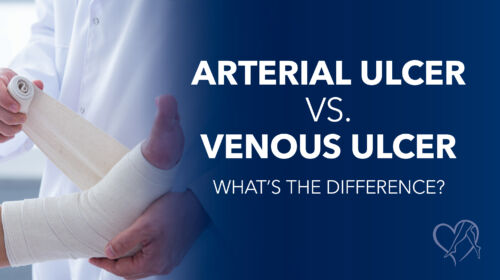
Arterial Ulcer vs. Venous Ulcer: What’s the Difference?
Learn the key differences between arterial and venous ulcers and why proper diagnosis is essential for effective treatment. This blog explains the causes, symptoms, and treatments for these common types of non-healing leg wounds. Discover how Center for Vein Restoration uses advanced care to heal ulcers and prevent future complications. Don’t let a non-healing wound hold you back—contact CVR today!

How to Tell the Difference Between Types of Leg Wounds
Dr. Mohamed T. Hassan offers expert insights into the three primary types of leg ulcers: venous, arterial, and diabetic. Each type has distinct causes, symptoms, and recommended treatments, and understanding these differences is essential for effective care. Dr. Hassan explains key characteristics of each ulcer type, helping readers identify their symptoms and seek appropriate medical attention to prevent complications. As a lead physician at the Center for Vein Restoration, he emphasizes the importance of timely intervention and offers solutions to improve quality of life for those affected by leg ulcers.

What Does the Start of a Venous Ulcer Look Like?
Understanding the early signs of a venous ulcer can be critical to preventing its progression into a more severe condition. This blog explores the initial stages of venous ulcers, including skin discoloration, texture changes, and swelling, which often precede ulcer formation. By identifying these symptoms early, you can seek timely medical intervention and reduce the risk of complications. Learn what a venous ulcer looks like in its earliest stages and when it's time to consult a specialist to protect your vein health.

Treatment Strategies: Healing Venous Ulcers
In this blog, Center for Vein Restoration delves into the complexities of venous leg ulcers, which affect many due to poor blood circulation in the legs. Medically reviewed by Dr. Thomas Alosco, a leading vein specialist, we offer comprehensive insights into the causes, treatments, and long-term management of venous ulcers. With expert advice from Dr. Alosco, we aim to educate and empower those dealing with this challenging health issue by providing practical solutions and support. Explore our latest post to understand more about venous disease and take the first step towards healthier legs.
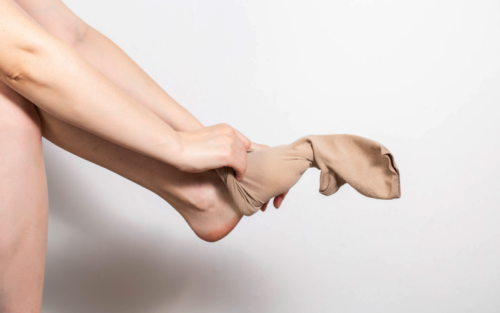
What are the Main Causes of Swelling in a Single Leg?
Have you noticed that one of your legs is swollen but not the other? People wonder when to be concerned about lower extremity leg swelling (edema). Many vein diseases provoke swelling, so it is difficult to diagnose without the help of a medical professional. Some of these problems are mild; others are medical emergencies.

How to Check for Leg Ulcers at Home
This blog provides an in-depth exploration of leg ulcers, a common yet often painful condition with significant impacts on quality of life. It covers the causes, types, and symptoms of leg ulcers, emphasizing the importance of early detection and treatment to prevent complications. Additionally, it offers a step-by-step guide for self-examination at home and advises on when to seek medical attention.

Venous Stasis Ulcers: Causes, Symptoms, and Treatment
In this blog, we explore venous stasis ulcers, also known as venous leg ulcers, which are a common and painful medical condition affecting a significant number of individuals worldwide. Chronic venous insufficiency (CVI) is a major cause of these ulcers, accounting for approximately 70% of cases among individuals aged 18–64. These ulcers are often associated with venous disease.
 About Vein Disease
About Vein Disease
 Spider Veins
Spider Veins
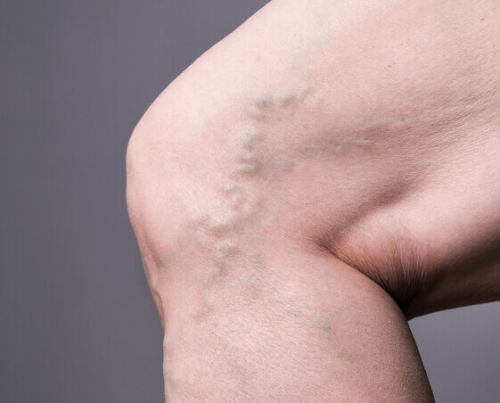 Varicose Veins
Varicose Veins
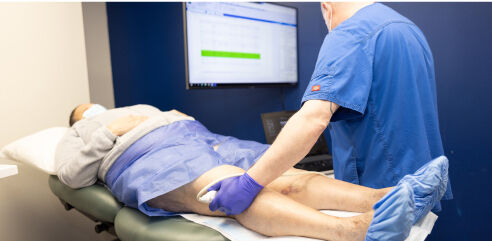 Vein Disease Treatments
Vein Disease Treatments
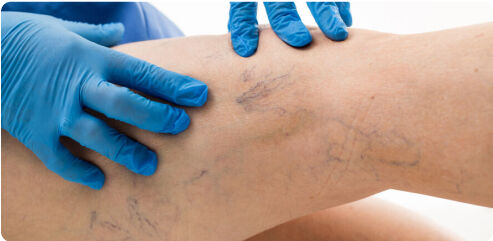 Treating Spider Veins
Treating Spider Veins
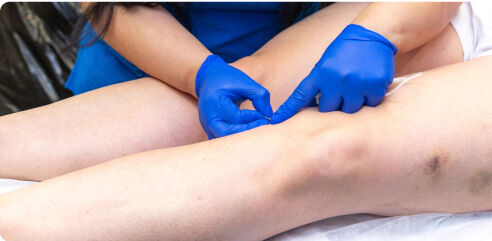 Treating Varicose Veins
Treating Varicose Veins
 About Us
About Us
 Patient Resources
Patient Resources
 Physician Resources
Physician Resources

